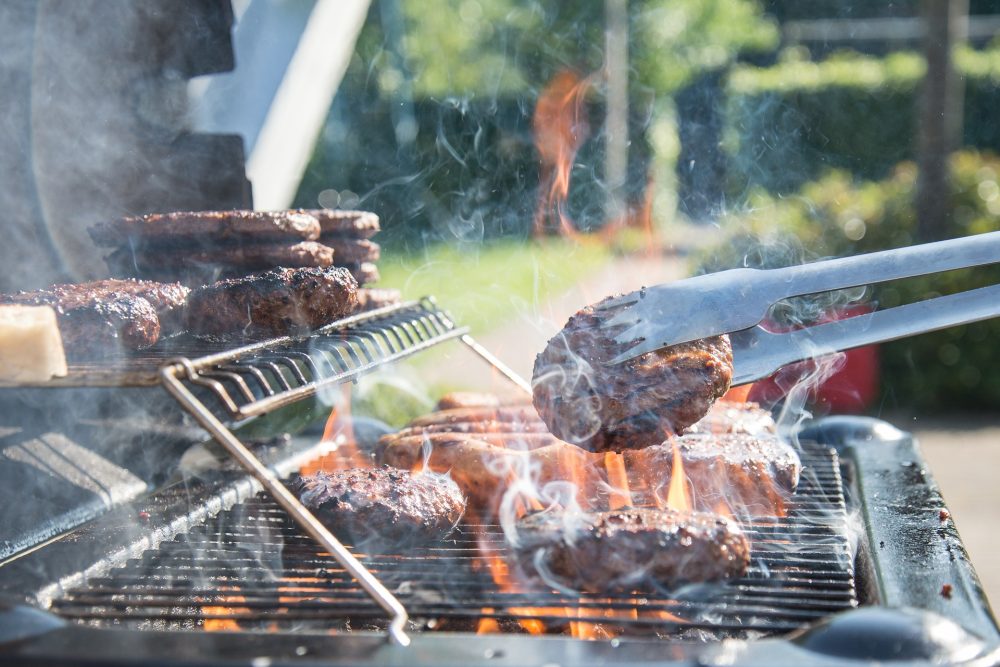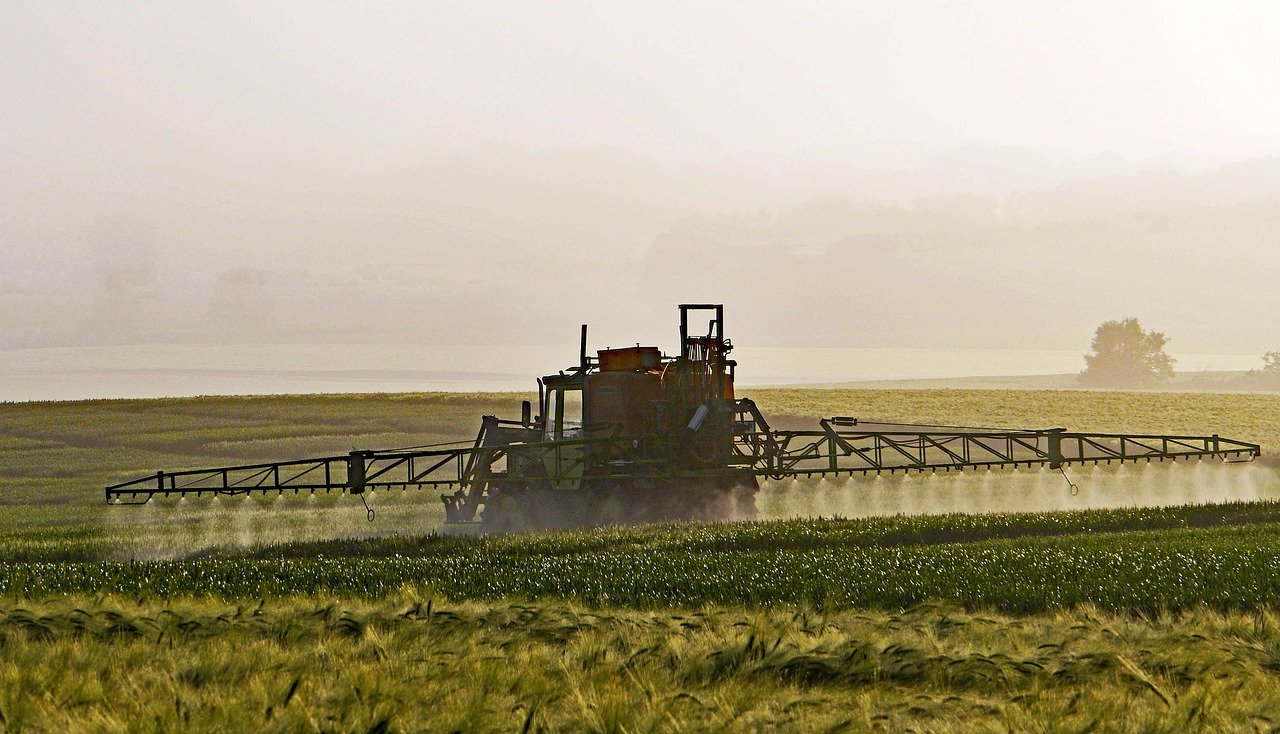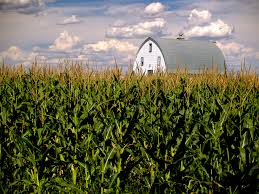One of the main sources of pesticide exposure is through the diet. It is critically…

Are We on the Cusp of a Teachable Moment About the American Diet?
AgriPulse is a daily must-read subscription newsletter for ag and food professionals, policy wonks and business leaders. It’s “Daybreak” feature for October 27, 2021 ends with this quote in their “She Said It” section:
“Food insecurity is a policy choice. We have become tolerant to the suffering of our neighbors while our neighbors feel invisible.” – Rep. Ayanna Pressley, D-Mass., at a press conference hosted by Rep. Jim McGovern, D-Mass., and Sen. Cory Booker, D-N.J. urging the White House to convene a summit on hunger.
“The United Fresh Produce Association applauded the proposal. ‘As we emerge from a pandemic that disproportionately impacted those with diet-related chronic disease – we simply cannot put off action any longer,’ said President and CEO Tom Stenzel.”
The pandemic has driven home the linkage between public health and disease outcomes when infectious diseases sweep through a population. Over the eons, pathogens and plagues have thinned out the more vulnerable in populations along every branch of the tree of life.
And who are the “vulnerable” among us? The elderly, those with weakened immune systems because of some mutation or misfiring genes, people lacking adequate calories and/or nutrition, those dealing with chronic disease, and pregnant women, infants and children.
Rep. Pressley is right. The world produces far more calories than the 7.9 billion people on the planet need. But, there are two major reasons why hunger and malnutrition still cast a shadow over about one-third of humanity — reliance on animal products, and lack of access to food (often driven by poverty).
It takes 10-15 plant food calories to produce a calorie of meat, dairy, eggs and other livestock products. It is true we likely cannot feed 8 billion people if they consume as much meat and dairy as the average person in the US or Europe. And if we try and succeed, there may not be 8 billion people for very long for a host of reasons.
The global push to convert food crops to biofuels is rapidly rising toward a “major reason for food insecurity” status. This is important today, given the push by farm state politicians to funnel billions more in subsidies to biofuels as part of the Build Back Better plan.
In the same “Daybreak” review of the news from 10/27/2021, AgriPulse highlights a new USDA report presenting data on the remarkable growth in blueberry production in the US and worldwide. In short, production has more than doubled in a decade.

The US now produces about 700 million pounds of blueberries on about 104,000 acres. Yields average around 6,700 pounds per acre. If every person on the planet ate a quarter-pounder of blueberries, farmers worldwide would need to devote 298,500 acres to blueberry production. That could be done in a half-dozen counties in California, Oregon and Washington.
Basically the same is true for dozens of superfoods. “Super” in the sense they provide the essential nutrients and antioxidants it takes to keep people healthy without taking up much caloric space in a person’s daily diet. And they can do so with just a tiny sliver of any country’s farmland.
Policy and politicians have put the public’s money behind corn, soybean and commodity crops feeding animals and producing biofluids. That is a big reason why farmers grow those crops and not the ones needed to provide people access to nutritious food.
Like Rep. Pressley said, “Food insecurity is a policy choice.”
And anyone concerned about the troubling, bad-diet-driven health trajectory of the US population likely agrees with Tom Stenzel, “we simply cannot put off action any longer.”
Sources:
AgriPulse Daybreak, October 27, 2021. View here.



